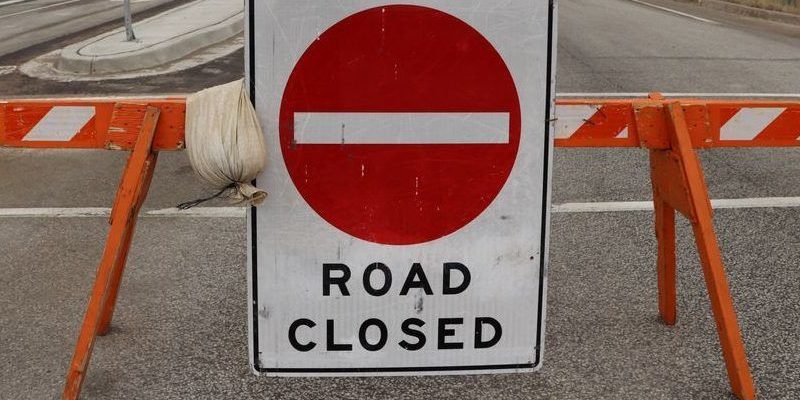The Western Ontario Wardens’ Caucus has joined the call for safer rural roads and improved risk management.
According to a release, the caucus is supporting Good Roads (originally the Ontario Good Roads Association) in asking the provincial government to work collaboratively with municipalities.
The Good Roads’ plan requests working with the Ontario Ministry of Transportation to design and administer a program to provide municipalities with funding access for repairs and upgrades to targeted sections of rural roads deemed unsafe.
“The WOWC understands that there are multiple benefits to a program such as this, notably, that preventing crashes results in a reduction of serious injuries and deaths, which keeps people out of hospitals at a time when the system is straining,” caucus chair Glen McNeil said in the release.
“Lawsuits resulting from these accidents are also significant factors in increasing municipal insurance premiums, meaning that efforts to make roads safer are also one of the most meaningful ways that municipalities can improve their risk profile, all while creating employment for laborers working right here in rural western Ontario.”
Good Roads stated that Ontario’s rural roads are disproportionately dangerous and a source of significant liability for rural municipalities, adding there there are cost-effective measures to help prevent injuries and save lives.
“Simply put, rural roads are more dangerous than other roads,” Scott Butler, executive director of Good Roads, said.
Butler noted in 2019 there were 428 traffic fatalities on municipal roads, of which 205 occurred in rural municipalities.
“The unfortunate reality is that with only 13.3 per cent of the provincial population, rural Ontario accounted for 48 per cent of traffic fatalities on municipal roads,” he said.
“Many rural, remote, and northern municipalities are responsible for maintaining extensive road networks on a smaller population/tax base. As a result, these roads tend to be older, in poorer condition, and incorporate only basic road safety infrastructure.”
With provincial partnership, the organization stated potential interventions include replacing legacy assets (such as wooden posts with guardrails), installing absent road fixtures (guiderails, signs, lighting and road paint), or upgrading to more modern assets with innovative safety functions (guardrails, guiderails, and crash cushions).
Good Roads also highlighted funding precedents in other countries, including in the United States, which has the high-risk rural roads program, as part of its highway safety improvement program.
In Australia and New Zealand, the remote roads upgrade pilot program targets improvements for regional communities and addresses deficiencies on key roads that limit community access, pose safety risks and impact economic development. However, no similar program exists in Ontario, or elsewhere in Canada.
